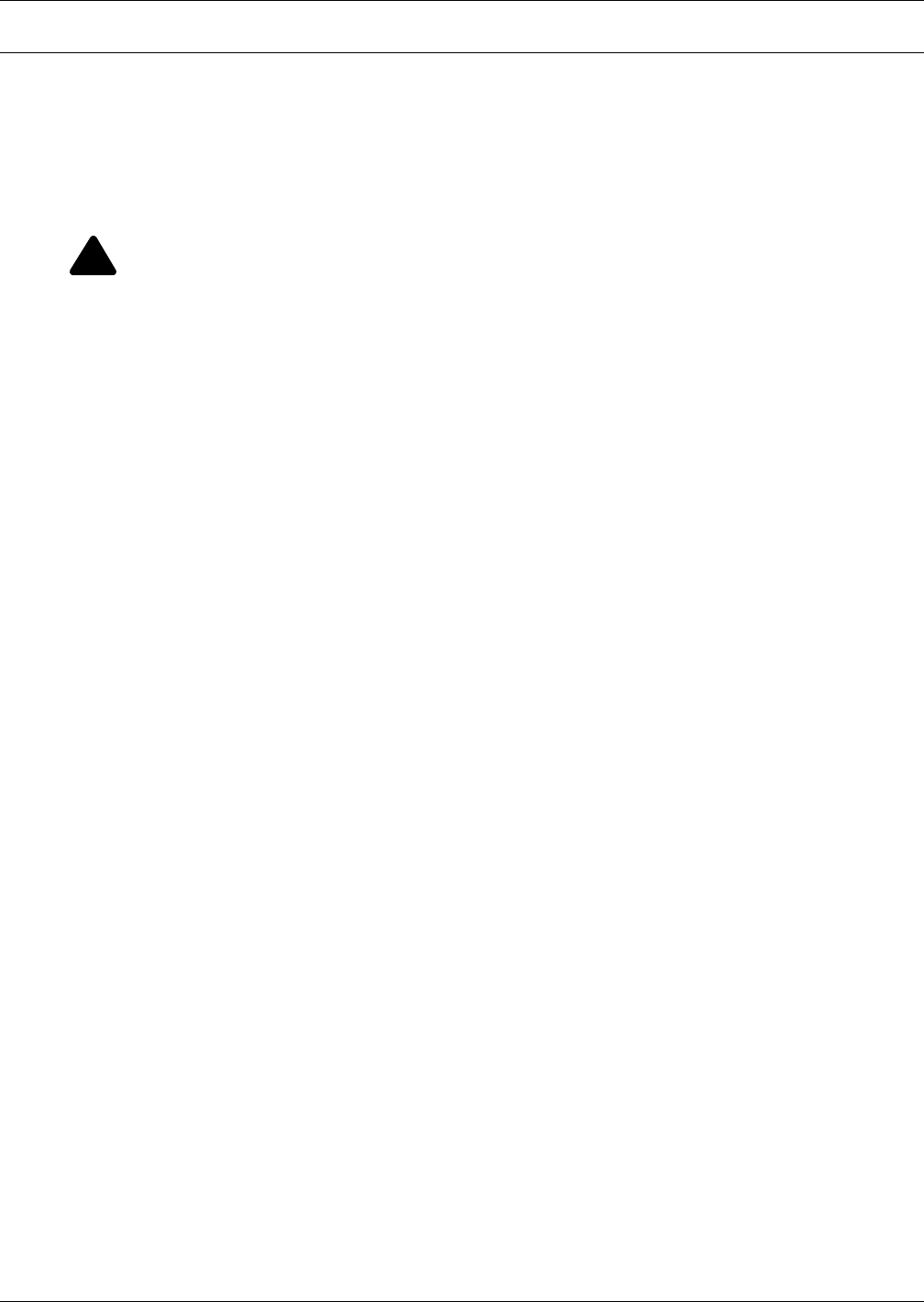User Manual
Table Of Contents
- Important Safety Instructions
- SAVE THESE INSTRUCTIONS
- 1.0 Introduction
- 2.0 Startup
- 3.0 Operation with iCOM Control
- 4.0 Liebert iCOM Display Components and Functions
- Figure 2 Liebert iCOM display components
- Table 1 Keyboard icons and functions
- Figure 3 Liebert iCOM default screen symbols
- 4.1 Navigating Through the Liebert iCOM Display
- 4.2 Changing Operational Settings
- 4.3 Changing Liebert iCOM’s Display Settings
- 4.4 Graphical Data Record
- 4.5 Liebert iCOM Service Menu Icons and Legend
- 4.6 Wiring for Unit-to-Unit Communications—U2U
- 4.7 Entering Network Setup Information
- 4.8 Viewing Multiple Units with a Networked Large Display
- 5.0 Operation
- 6.0 Alarm Descriptions
- 6.1 Standard Alarms
- 6.1.1 Change Filter
- 6.1.2 Compressor Overload
- 6.1.3 High Head Pressure
- 6.1.4 High Humidity
- 6.1.5 High Humidity and Low Humidity (Simultaneously)
- 6.1.6 High Temperature
- 6.1.7 High Temperature and Low Temperature (Simultaneously)
- 6.1.8 Humidifier Problem
- 6.1.9 Loss of Air Flow
- 6.1.10 Loss of Power
- 6.1.11 Low Humidity
- 6.1.12 Low Suction Pressure
- 6.1.13 Low Temperature
- 6.1.14 Main Fan Overload
- 6.1.15 Short Cycle
- 6.2 Optional Alarms
- 6.3 Set Alarms—User Menus
- 6.1 Standard Alarms
- 7.0 Component Operation and Maintenance
- 7.1 System Testing
- 7.2 Filters
- 7.3 Blower Package
- 7.4 Refrigeration System
- 7.4.1 Suction Pressure
- 7.4.2 Discharge Pressure
- 7.4.3 Superheat
- 7.4.4 Thermostatic Expansion Valve
- 7.4.5 Hot Gas Bypass Valve—Not Available on Digital Scroll Units
- 7.4.6 Air Cooled Condenser
- 7.4.7 Water/Glycol Cooled Condensers
- 7.4.8 Motorized Ball Valve—Digital Scroll Compressor
- 7.4.9 Regulating Valve—Scroll Compressor
- 7.4.10 Drycooler Settings
- 7.4.11 Compressor Oil
- 7.5 Compressor Replacement
- 7.6 Facility Fluid and Piping Maintenance for Water and Glycol Systems
- 7.7 Humidifier
- 8.0 Troubleshooting
- Table 12 Blower troubleshooting
- Table 13 Chilled water troubleshooting
- Table 14 Compressor and refrigeration system troubleshooting
- Table 15 Dehumidification troubleshooting
- Table 16 Glycol pump troubleshooting
- Table 17 Infrared humidifier troubleshooting
- Table 18 Steam generating humidifier troubleshooting
- Table 19 Reheat troubleshooting
- 9.0 Monthly Maintenance Inspection Checklist
- 10.0 Semiannual Maintenance Inspection Checklist

Startup
4
2.0 STARTUP
Before beginning startup, make certain that unit was installed according to the instructions in the
installation manual, SL-11962. Verify that the fan shipping bolt has been removed, the check valve
has been installed (on air cooled units), and that the scroll compressor is rotating in the proper direc-
tion. All exterior panels must be in place with the front panel open.
Locate the startup form supplied with your unit documents. Complete the form during startup and
mail it to Liebert when startup is completed. Contact your Liebert supplier if you have any questions
or problems during unit installation, startup or operation.
2.1 Startup Procedure
___ 1. Disconnect all power to the environmental control unit.
___ 2. Tighten all electrical wiring connections that may have loosened during shipping (on electric panel
and at all major components, such as compressor, reheats, humidifier and motor).Retighten according
to values listed on component by component manufacturer.
___ 3. Remove all line voltage fuses except the main fan fuses at the far right of the electric panel and the
Control Voltage fuses at the far left of the electric panel. For units supplied with circuit breakers,
open the circuit breakers instead of removing fuses.
___ 4. Turn on power and check line voltage on main unit disconnect switch. Line voltage must be within
10% of nameplate voltage.
___ 5. Turn On main unit disconnect switch and check secondary voltage at transformer T1. Voltage at T1
must be 24 VAC ±2.5 VAC (check at TB1-1 and TB1-8). T1 voltage must not exceed 28 VAC. Change
primary tap if necessary.
___ 6. Push the On button. Blower will start.
___ 7. If you do not want your unit to operate at factory default settings, set temperature and humidity
setpoints, alarms, and other control functions. Refer to 3.0 - Operation with iCOM Control or 5.0 -
Operation.
___ 8. Stop the unit by depressing the On/Off button on the front display. Turn Off main unit disconnect and
main breaker.
___ 9. Replace all fuses (or reset circuit breakers) that were removed in Step 3.
___ 10. Restore power to unit; turn On the main unit disconnect switch.
___ 11. Push the On button—putting the unit into operation.
___ 12. Check the current draw on all line voltage components and match with serial tag.
___ 13. Verify that the scroll compressor is rotating in the proper direction.
NOTICE
Risk of improper scroll compressor installation. Could cause poor performance and
compressor damage.
Three-phase power must be connected to the unit line voltage terminals in the proper
sequence so that the scroll compressor rotates in the proper direction. Rotation in the wrong
direction will result in poor performance and compressor damage. Use a phase sequence and
motor rotation sensor to ensure that the three-phase power is correctly connected and that the
compressor is rotating properly.
!
WARNING
Risk of electric shock. Can cause injury or death.
Potentially lethal voltages exist within this equipment during operation. Observe all cautions
and warnings on unit and in this manual.
The Liebert iCOM microprocessor does not isolate power from the unit, even in the “Unit Off”
mode. The only way to ensure that there is NO voltage inside the unit is to install and open a
remote disconnect switch. Refer to unit electrical schematic.










